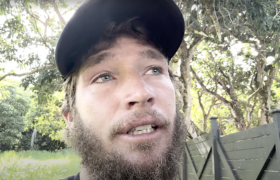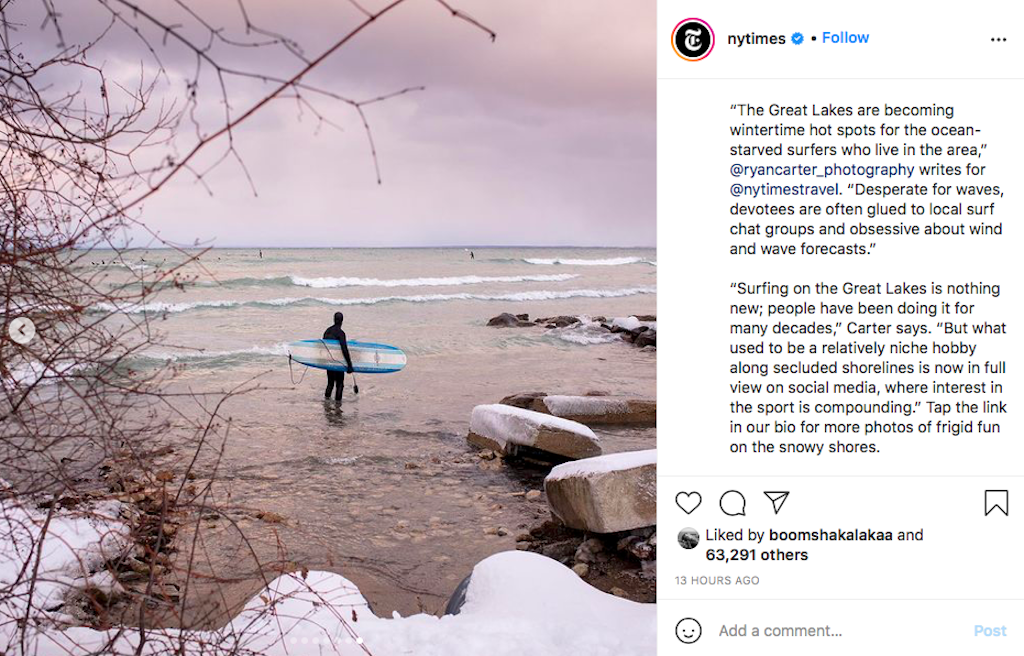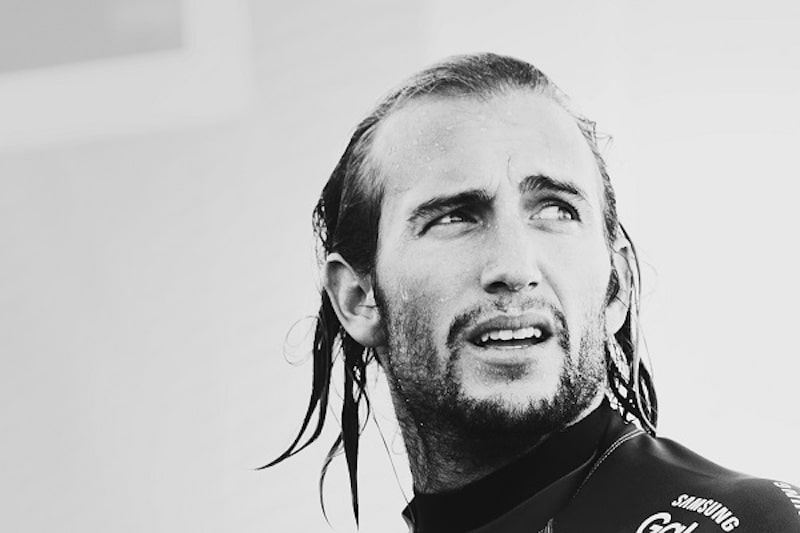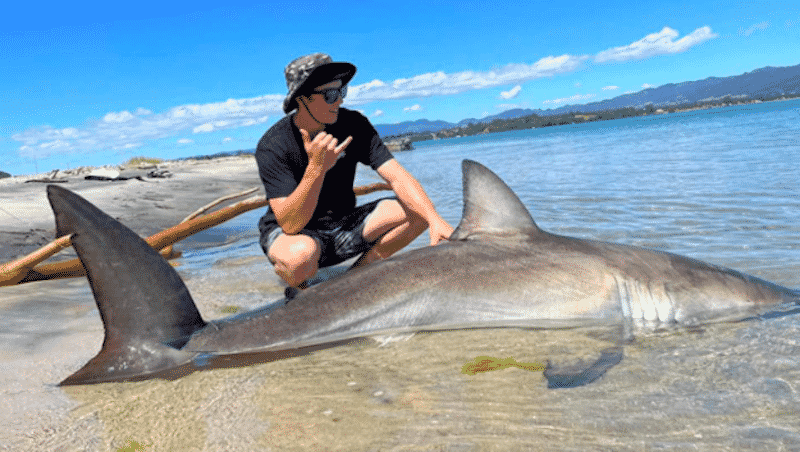It's a beautiful life.
In a move that has shocked grumpy locals around the world, but especially Canada, The New York Times has gone on record, for the first time, in recognizing that Vulnerable Adult Learners are now in the majority and points a grey lady finger at social media.
This cultural appropriation by well-meaning adults looking to add a little spark into manicured lives that has been underway since The Inertia flicked on its Venice-adjacent lights, but gone full bore in Covid-era, has been generally smirked at by the powers that be or outright dismissed as “white girl problems.”
The Times, pivoting slightly but importantly, acknowledges that the overwhelming influx has likely changed the overall experience, especially for Canadians.
https://www.instagram.com/p/CL5npN5njK0/
With two of his friends in wet suits and jackets, carrying their surfboards, walking down a forest path in a heavy snowstorm, the photographer Ryan Carter couldn’t help thinking that he was witnessing a quintessentially Canadian experience.
“The Great Lakes are becoming wintertime hot spots for the ocean-starved surfers who live in the area,” @ryancarter_photography writes for @nytimestravel. “Desperate for waves, devotees are often glued to local surf chat groups and obsessive about wind and wave forecasts.”
“Surfing on the Great Lakes is nothing new; people have been doing it for many decades,” Carter says. “But what used to be a relatively niche hobby along secluded shorelines is now in full view on social media, where interest in the sport is compounding.”
“But what used to be a relatively niche hobby along secluded shorelines is now in full view on social media, where interest in the sport is compounding.”
It must be assumed that the compounded interest is viewed as a good thing, for now that the final battle of VAL-mageddon has been waged and won by 42-year-old soft-toppers, smiles plastered on faces, going right on lefts, the VAL utopia can officially begin.
It’s a beautiful life.







